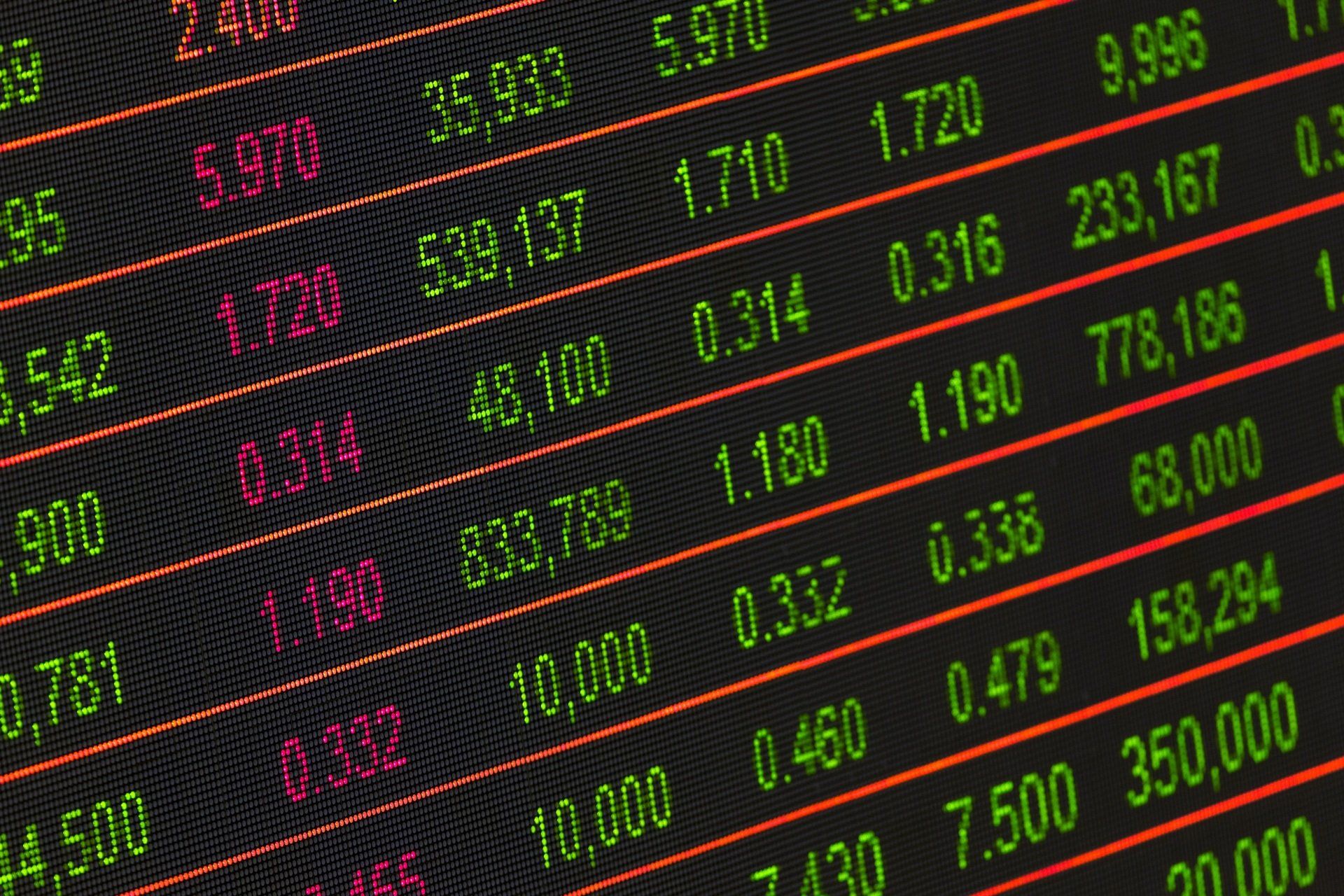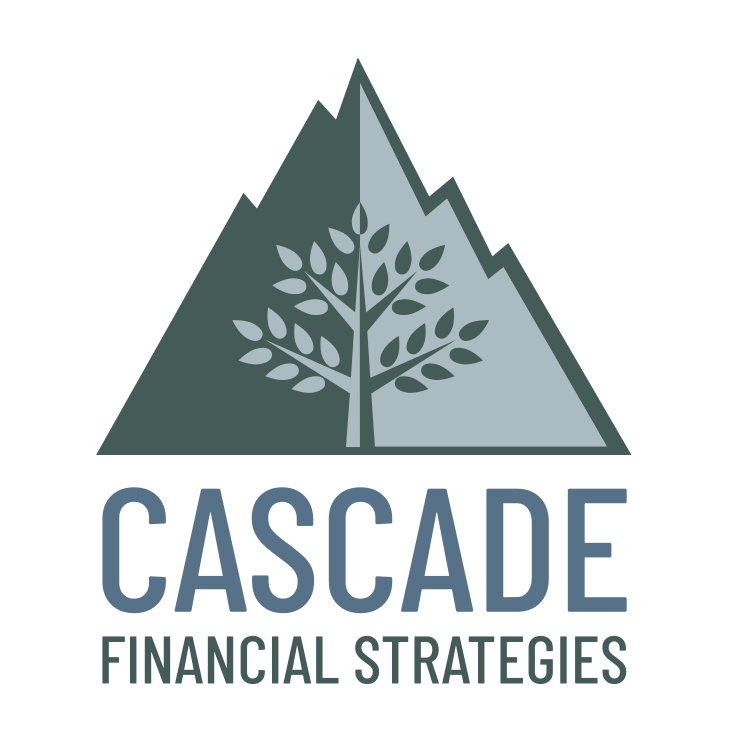Ask most financial advisors about Socially Responsible Investments and they will likely defer to the standard response, “We can do SRI but you’ll have to sacrifice returns”. I know, because that is what I used to tell clients in my first 10 years in this industry when I was working at larger firms. It’s the message the advisors were given even though the numbers show a different story. I’m hoping that this post will help those of you pursuing the SRI path who have wondered about the ‘returns dilemma’ to put this question behind you for good!
The S&P Dow Jones Indices (S&P DJI) is one of the world’s leading providers of financial market indices. Just last week they launched an SRI index “designed to offer investors enhanced exposure to securities meeting sustainability investing criteria while maintaining a risk and performance profile similar to the S&P 500”. Not only is this significant because it confirms increased demand for SRI, but the index returns highlighted below, for the 3+ years that it has been tracked, outperformed the S&P 500!
Turning to a second index, the MSCI KLD 400 Social Index “provides exposure to companies with outstanding Environmental, Social and Governance (ESG) ratings and excludes companies whose products have negative social or environmental impacts”. A recent report by Morgan Stanley's Institute for Sustainable Investing shows that since its inception in July of 1990 the Social Index has outperformed the S&P 500 on an annualized basis achieving a return of 10.14% compared to 9.69% for the S&P 500. This report also examined 13,102 mutual funds & separately managed accounts and found, "investing in sustainability has usually met, and often exceeded, the performance of comparable traditional investments. This is on both an absolute and risk-adjusted basis, across asset classes and over time."(The chart below highlights these numbers)
So, why does this misconception persist regarding SRI returns trailing the returns of the broader markets? We touched on one possible reason for this in a recent blog which gave a short history of the SRI landscape. In the early years Socially “Conscious” Investments only screened out companies in industries that an investor might not want to support like gambling, tobacco, alcohol and others. There were also far fewer players during that period which translated into higher costs. Now SRI strategies incorporate more than negative screening, the new SRI directs dollars towards forward thinking companies with sound governance, environmental, and social corporate policies. Increased demand means competition which has allowed costs to come down as well.
Supply and demand has always shaped costs and investment returns. In 2014 $1 out of every $6 of US assets under professional management was invested in some form of sustainable investment, primarily in public equities – nearly $6.7 trillion. (according to the Morgan Stanley report - see below for links.) The US Sustainable Investment Forum’s (US SIF) 2014 annual report on investment trends showed SRI assets in the US growing by 76% between 2012 and 2014! Popular demand, not only to care for people and the environment, but demand for investment choices is increasing investor’s options, reducing costs and allowing them to take advantage of this strong momentum.
Hopefully this information will help you to put the misconception over returns out of the picture. As investors we now have more freedom to pursue aligning our values with our investment portfolios, along with our long-term financial goals.
Comparison of returns for S&P 500 Index & S&P SRI Index as of May 31, 2015 (percent)
As of May 31, 20151-monthYear-to-date1-year3-yearS&P 500 Index1.293.2111.8119.67S&P SRI Index1.623.4214.4320.12
SOURCES:
SP SRI press release
sustainable-reality Returns - M.S.
Ask for a Free SRI Consultation today!
GET STARTED WITH A COMPLIMENTARY PORTFOLIO IMPACT ASSESSMENT
CONTACT US
Phone: 541-678-5475
Fax: (541) 678-5476
E-mail: [email protected]
LINKS:
HOURS
- Mon - Fri
- -
- Sat - Sun
- Closed
ADDRESS
243 SW Scalehouse Loop, Suite 1A,
Bend, OR 97702
PHONE
A Registered Investment Advisor
Investment Advice is offered through Cascade Financial Strategies, a registered investment advisor licensed in Bend, Oregon, California and Idaho (We also operate in other states under the "de minimis" exemption, meaning having five or fewer clients within that state).
An investment advisor or IA rep may only transact business in a particular state after licensure or satisfying qualifications requirements of that state, or only if they are excluded or exempted from the state’s investment advisor or IA rep requirements; and follow up, individualized responses to consumers in a particular state by investment advisor or IA rep that involve either the effecting or attempting to effect transactions in securities or the rendering of personalized investment advice for compensation, shall not be made without first complying with the state’s investment advisor or IA rep requirements, or pursuant to an applicable state exemption or exclusion. For information concerning the licensure status or disciplinary history of an investment advisor or IA rep, please do not hesitate to contact your state securities law administrator. Cascade Financial Strategies
Sign Up for Our Monthly Article
We will get back to you as soon as possible.
Please try again later.



